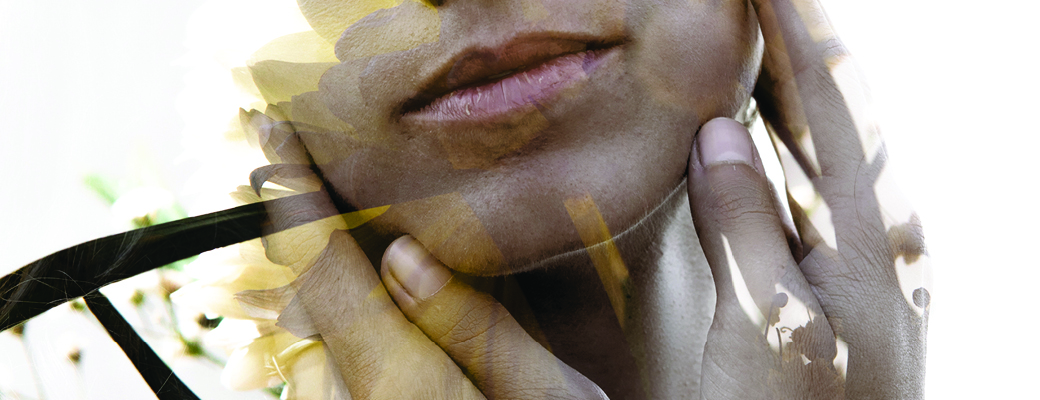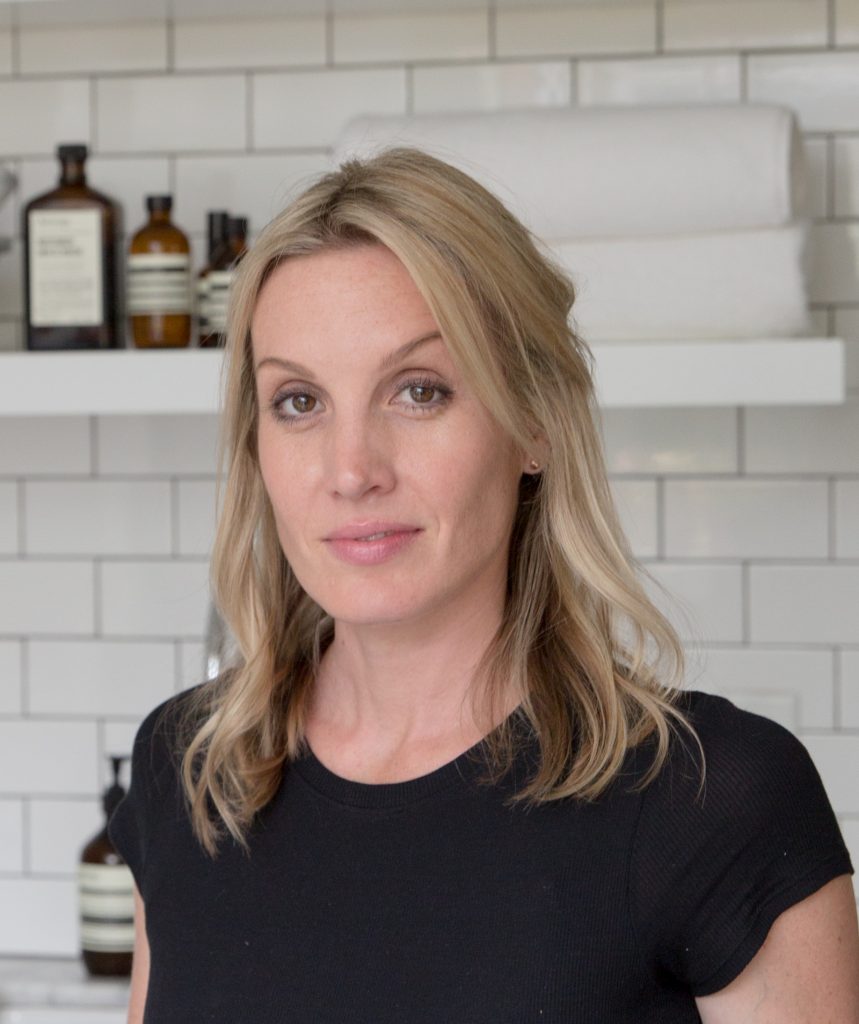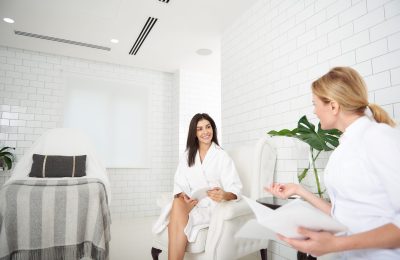In the spa industry, hiring the right employee always benefits owners By Brooke SmithFor employers, hiring a qualified employee can…
Treating Survivors
A new breed of spa consumer may spark big changes to the industry
While the pandemic fallout begins to settle from a year that redefined “normal,” a new breed of spa client has emerged: the COVID-19 survivor. These are the battle-scarred coronavirus casualties, their family/friends and countless frontline workers for whom spas can offer comfort and treatment.
“As we’re moving into the later phases of COVID, we need to be really attuned to what the greater community at large needs now. The consumer experience, needs and mindset are extremely different than before all of this started,” explains Jennifer Findlay, co-founder of Core Essence, a global wellness design consultancy. The pandemic prompted her to join forces with Mariana Palmeiro, an expert in wellness and hospitality management at Well Culture, to create the “COVID-19 Response Initiative,” a resource package to assist urban and destination spas and wellness centres. We asked them about the program, launching this spring.
What inspired you to develop a COVID recovery initiative?
It comes from a place of responsibility. Mariana and I have both worked in the industry for a very long time, over two decades, each of us in various roles within the spa and wellness worlds, and we realized that we could do something to help spas get back on their feet. We hope to provide real, tangible solutions to immediate problems facing spa owners and operators so they can reopen successfully, recover business rapidly and, most importantly, support urgent humanitarian needs.
Obviously, the industry can’t just go back to business the way things were. This is not business as usual. The reality of what the world is facing is just too grave and too unsettling, and has really uprooted everything. And that applies to the spa industry itself. Although you could reopen your doors and you can do some of the amazing things you’ve always done – provide great body work, provide great skincare services, attend to and care for people – you have to recognize that their needs have fundamentally changed. Particularly, those who have been directly impacted by COVID.
Four distinct groups make up this new consumer profile. These are the people who have recovered from the disease but are still feeling its long-term effects. There are also the friends and families of those who did not survive. On the societal frontlines, there are those who suffered financial loss, or overcame by fear, loneliness and isolation. And, rounding up the segments are the exhausted healthcare workers who are experiencing clinical anxiety, depression and post-traumatic stress disorder in staggering numbers. It’s a deeper level of consumer need than we’ve seen before, with clients seeking to build resiliency, regain their strength, enhance their immunity and nourish their health and mental well-being.
What needs to happen first to enable spas to serve this special client group?
The reality is that a lot of these facilities are still closed. And, so some of the first questions that need to be asked are: How and when can we reopen and how do we best serve the needs of tomorrow’s consumer?
We’re hoping that a resource like the “COVID Response Initiative” will enable spa owners to reach out and support clients coping with COVID-19, with programming designed to provide a place of respite, resolve, retreat and support over the long run. It’s a planning resource that addresses such elements as layout and space utilization, service and product review, introduction of new programming dedicated to resiliency and recovery, an operational efficiency audit aimed at cost reduction, financial recovery initiatives, e-comm strategy, customer engagement ideas and advanced tech solutions for enhanced operational performance.
What COVID-related programs and services should spa owners consider?
The big focus globally is on prevention of disease through such things as enhanced immunity, respiratory health and emotional well-being. These should be considered in program development. Respiratory health, for example, may look at treatments that prioritize improved cellular oxygenation. They could also involve partnerships with Registered Nutritionists to provide customized nutritional support and healthy eating recommendations that support reduction of mucus build-up. Treatments might also include inhalation therapy via simple yet tangible breathing practices that might be layered in to existing services or presented in a new way.
Spas might consider a number of preventative approaches including reducing inflammation, improving daily habits of relaxation and stress management, and sleep education to trigger restoration of our immune systems. There’s great potential in alignments with specialists such as naturopathic doctors and nutritionists who can focus on improved gut health; the gut houses 70 percent of our immune system. If you’ve been ill, you likely have not been able to exercise, so rebuilding physical strength and endurance in a targeted manner is critically important..
What advice do you have for spas that are interested in an overhaul but also concerned about potential impacts on current business?
It has to be done in a way that makes sense. The “COVID Response Initiative” can be divided into a two-tiered approach. It doesn’t mean that every single service on your menu needs to be overhauled. At its simplest, spas can tweak existing programs to integrate the needs of this new client segment. Or they could take a more robust approach and fully adopt it into their DNA with more permanent changes, like including various amenities and support structures for specific recovery initiatives.
Either way, you’re not going into this blindly, so you’ll need to do the homework. Where before spas were set up to offer massage, skin therapy or beauty services, to accommodate this particular client, you’ll need to drill down with probing questions like: What type of space might be required for those services? Does it involve very particular design initiatives to improve air quality and other environmental factors that might affect compromised immune systems? How does it feed into operating plans in terms of cost, protocols and procedures? How will this get promoted to clients and how will staff be trained and supported?
What types of programs should spa operators consider to accommodate COVID-impacted clients?
Spas might consider introducing new types of fitness and well-being programs like yoga and massage to help open and relax the body, rebuild strength and realign posture that may have been lost during the illness. For those who have suffered anxiety, consider stress recovery. Are there ways to support guests pre- and post-treatment with a space that is quiet, to relax? Could you offer guided visualization or a guided meditation, sound healing or sound therapy, support groups through workshops and events that can help bring people together with a shared experience to heal, creating a safe space for people to come together and also share experiences and share stories to recover? It may be that some of your programming might be delivered in partnership with other experts like naturopathic doctors, nutritional specialists or even specialists in hyperbaric chamber therapy, which has been shown to support respiratory health and recovery.
What role do science and the medical community play in this?
At present, the spa industry and the medical community are two distinct entities and two very separate industries. While spas address the needs of clients who – in theory – are healthy and well, the traditional medical world addresses those who are already sick.
The reality is that if we brought those skillsets together through dedicated facilities or specialized clinics, we actually would be delivering a model of health that is closer to the way the World Health Organization envisions it: “Health is a complete state of physical, mental and social well-being, not merely an absence of disease or infirmity.”
A growing body of research is just unfolding around different therapeutic applications like infrared saunas and salt caves, that can help cleanse the body and evoke vibrancy and health at a cellular level. There’s also more research and evidence-based work being applied into nutrition. And if you go deeper, there’s a lot of information right now coming out on the microbiome, which is essentially looking at gut health and its role in building immunity and resiliency. The research and data are giving credence to spa and wellness therapies as real forms of prevention and rehabilitation.
Ultimately, it’s about linking up with the right individuals or groups and partnering with experts in a way that is designed to meet the reality of the needs of those who’ve been impacted by COVID.






